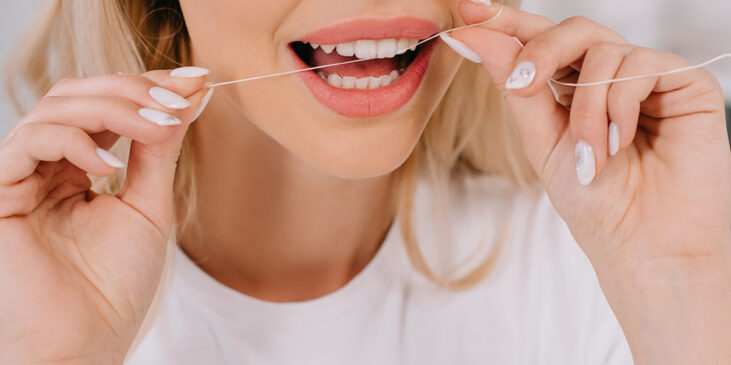Show of hands: How many of you floss regularly?
If you raised your hand, you’re in the majority – barely. A recent study found that only 50.5% of Americans floss every day even though the American Dental Association recommends it. Even more astounding is that of those surveyed, 18% said they never floss!
So, why is a small piece of string so important to your dental health? Here’s the answer.
Flossing, combined with brushing, ensure that bacteria buildup and food particles do not cling to your teeth. As powerful as it is, your toothbrush cannot handle such an important job all on its own. Your mouth needs floss to get in-between teeth and around the gum line where a toothbrush can’t reach. Flossing helps decrease the risk of gum disease, tooth decay, gingivitis, and a variety of other health issues by removing plaque and leftover food from between your teeth.
But how do you know when you should floss? The simple answer is anytime. It doesn’t matter if you floss before or after you brush your teeth as long as you do it regularly and thoroughly.
Don’t wait until right before your next dental visit to try and make up for lost time. Add flossing to your daily routine and we promise your mouth, and overall health will thank you!

